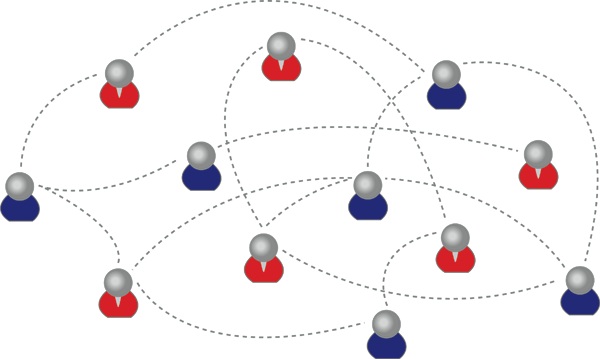
Now we understand what competency models are and why they matter, it is important to define both organizational and individual competencies. Competencies can be linked to both the hard and soft aspects of business.
Organizational Competencies:
When a company identifies its core competencies, it is describing WHAT it does best. Organizational competencies and capabilities describe HOW it expects the WHAT to be accomplished. There are usually 15-25 competencies established in order to provide common descriptions of HOW the organization expects its employees to act.
Organizational competencies may include:
- Decision-making
- Risk-taking
- Develop relationships
- Problem-solving
- Attention to detail
- Innovation
- Integrity
- Resilience
- Customer service
- Strategic perspective
- Team work
- Leadership
Individual Competencies
At the individual level, competencies are important for defining job or work content. It is necessary to define both technical and the behavioral requirements to be successful in the role. Michael Lovett, HRD Strategies, shares “In my experience, most companies focus on the technical competency requirements. Organizations that tend to hire or promote employees for technical skills.” Depending on the position, organizations need to consider a balanced approach to assessing new hires, promotions, performance and succession planning based on both the technical and behavioral competencies required.
- Technical Competencies: Technical competencies are the specific knowledge, skills and abilities that are applied to accomplishing a specific task, job or function. From an individual’s point of view, it describe WHAT he or she is to do. Don’t confuse technical skills with operational goals. Operational goals are specific to projects or output and technical skills are necessary to make the output happen.
- Behavioral Competencies: When an organization identifies its organizational competencies, they are generally intended to apply to all employees. Employees then struggle to translate them into a specific job application. Employees at all levels of the organization struggle because these skills apply to them differently and inconsistently. Individual performance indicators are more specific than organizational competencies and capabilities. Rather than being defined in a general esoteric sense, they need to be defined in a measurable behavioral context. Also, a variety of competencies need to be defined so as to provide applicability to different positions or jobs to describe HOW the job is to be done.
When developing your organization’s competency model, it is critical to consider organizational and individual competencies. Make sure individual competencies are defined as technical and behavioral. Michael Lovett, HRD Strategies, works in partnership with talent management leaders to develop organizational competency models and implementation plans. Learn more about the 7 best practices in developing your organization’s competency model.
